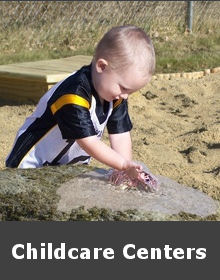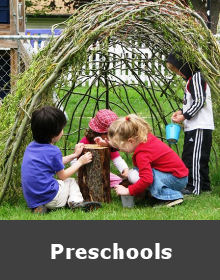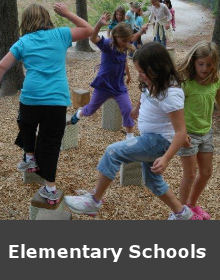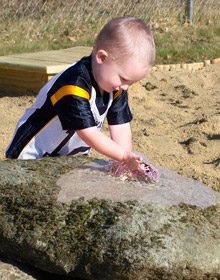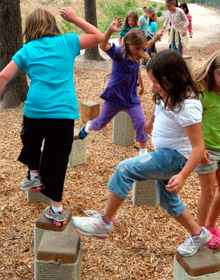









Free Recipes


Websites
Children & Nature Network
NH Children in Nature Coalition
Kids Gardening
NH Fish and Game Department
Books
Recommended Reading about Children and Nature The number of titles devoted to the children and nature movement, like the movement itself, continues to grow. The Children & Nature Network (www.childrenandnature.org) has compiled a list of reading recommendations that includes recent and not-so-recent contributions. Look for these at your local bookstore.
The Nature Principle: Human Restoration and the End of Nature Deficit Disorder
by Richard Louv
2011 Algonquin Books
In his new book, Richard Louv makes a convincing case that through a nature-balanced existence—driven by sound economic, social, and environmental solutions—the human race can and will thrive. This timely, inspiring, and important work will give readers renewed hope while challenging them to rethink the way we live.
Last Child in the Woods: Saving Our Children from Nature Deficit Disorder
by Richard Louv
2005 rev. Algonquin Books
This expanded and updated edition includes new research, a progress report on the Leave No Child Inside movement, an added Field Guide with 100 actions for families and communities, and 35 discussion points for book groups, classrooms, families and communities.
Wild Play: Parenting Adventures in the Great Outdoors
by David Sobel
2011 Sierra Club/Counterpoint
A trailblazing environmental educator raised his children in the heart of nature. His story shows other parents how they can counter today’s pervasive “nature deficit".
Childhood and Nature: Design Principles for Educators
by David Sobel
2008, Stenhouse Publishing
In Childhood and Nature, Sobel argues that meaningful connections with the natural world begin in our own backyards and communities. Based on his observations of play themes around the world, he details seven design principles that can guide teachers in structuring learning experiences for children. Also: See Sobel’s other important books, including those on ecophobia and place-based education.
Biophilic Design: The Theory, Science and Practice of Bringing Buildings to Life
by Stephen R. Kellert, Judith H. Heerwagen, and Martin L. Mador
2008 Wiley
This is a series of essays looking at the design and construction of buildings and communities in relation to the natural world. Two essays in particular focus on the impact of these design decisions on children: “Healthy Planet, Healthy Children: Designing Nature into the Daily Spaces of Childhood,” and “Children and the Success of Biophilic Design."
A Natural Sense of Wonder: Connecting Kids with Nature through the Seasons
by Rick van Nov
2008 University of Georgia Press
Van Noy, an English professor and father, chronicles his efforts to turn his children’s attention from their television and computer screens to the outdoors. In a series of essays organized mostly by season, he describes a host of outdoor adventures including swimming, hiking, gardening, and fishing with his family.
Children and Nature: Psychological, Sociocultural and Evolutionary Investigations
by Stephen R. Kellert and Peter Kahn
2002 The MIT Press
Incorporating research from psychology, ecology, environmental studies, and other disciplines, this examines topics such as the evolutionary significance of nature during childhood, how contact with nature affects physical and mental development, and the educational and political consequences of the weakened childhood experience of nature in modern society.
The Geography of Childhood: Why Children Need Wild Places
Gary Paul Nabhan and Stephen Trimble
1995, Beacon Press
Though published more than a decade ago, "The Geography of Childhood" remains as relevant as ever. Written by two fathers who are naturalists, it makes vivid through essays and anecdotes the importance of a direct experience of nature in childhood development.
In the First Country of Places: Nature, Poetry and Childhood Memory
by Louise Chawla
1994, State University of New York Press
This book by one of the foremost researchers on children and nature explores the relationship between creativity, memory and special childhood places in nature.
Infants, Toddlers and Families: A Framework for Support and Intervention
by Martha Farrell Erickson, Karen Marie Kurz-Riemer, Karen Kurz-Riemer.
2002 The Guilford Press
An important contribution describing how caregivers and the environment help shape the futures of young children.
Natural Learning: Creating Environments for Rediscovering Nature’s Way of Teaching
by Robin C. Moore and Herb H. Wong
1997 MIG Communications
This is the classic sourcebook for how to transform an asphalt playground into a rich, relevant and natural place for learning. This ten-year life history of Washington Elementary School’s environmental schoolyard in Berkeley is a must-read story today. The concepts here can be applied to backyards, city parks, schoolyards and more.
Coyote’s Guide to Connecting with Nature
Jon Young, Ellen Haas and Evan McGown
second edition, 2010, Owlink Media
Coyote's Guide to Connecting with Nature offers dozens of activities, stories, and games, for parents, caregivers, and educators. This book has gathered a devoted following, setting new standards for an environmental literacy that engages body, mind and spirit.
Thunder Tree: Lessons from an Urban Wildland
by Robert Michael Pyle
1998 Oregon State University Press
This engrossing memoir is an eloquent portrait of place, The Thunder Tree reveals the deep relationship between people—especially children—and the natural world. For a new generation of readers, Pyle’s environmental coming-of-age story offers a powerful argument for preserving opportunities to explore nature.
“By engaging the senses of touch, smell, hearing, taste and seeing, students retain an intimate physical memory of activities that are long lasting and synergistic. E. O. Wilson’s Biophilia Hypothesis reminds us that the human species, having evolved in the natural world, has a deeply-rooted need to associate and connect with nature.”
Green Schoolyard Network
Naturally Rooted, LLC • 14 Shawmut Street • Concord, New Hampshire 03301
603.226.3313 • info@NaturallyRootedLLC.com
For a complimentary consultation contact Landscape Architect Susanne Smith Meyer.
ecological schoolyards · natural playgrounds · schoolyard gardens · natural play spaces
sensory gardens · therapeutic gardens · outdoor classrooms
© Naturally Rooted, LLC
